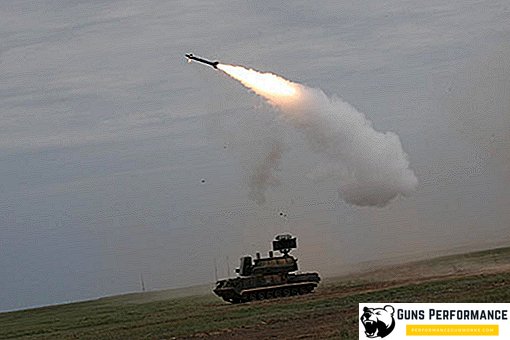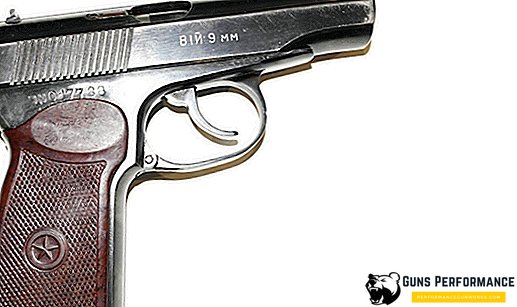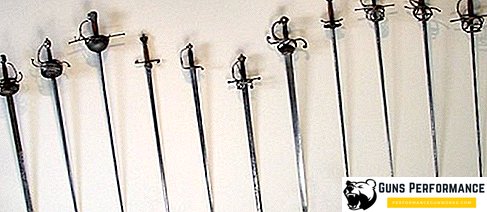At one of the conference calls, the Minister of Defense, speaking, noted that one of the most significant priorities in military construction was the beginning of the re-equipment of the Russian Air Force with the latest technology. In addition to the new combat aircraft, in particular the widely publicized "Dryers" and "MiGs" of the 35th, the troops are also expected to receive new radio-electronic equipment. Moreover, the appearance of many electronic systems not so long ago seemed fantastically unreal.
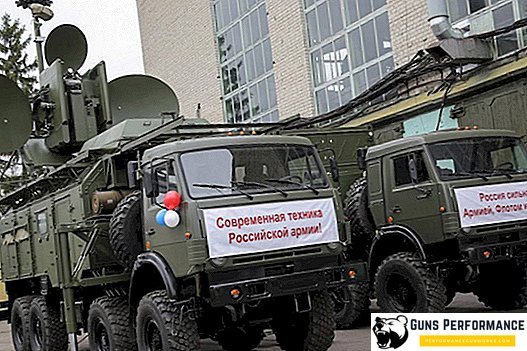
As it turned out, the Russian Armed Forces already have at their disposal one remarkable EW complex, such as Krasukha-4. He is able to dazzle and stun not only airplanes with long-range radar observation such as "AWACS", but also space components in the missile-guidance systems of the armies of the potential enemy, and now there are plenty of them in Russia. It was decided that the troops would continue to receive the "Krasukha-4" mobile electronic warfare systems. When meeting with "Krasukha-4", any system "AWACS" will no longer recognize "its own" and "alien", as well as the equipment that will need to be managed.
History of creation "Krasuh"
At the end of 2013, most of the defense industry enterprises, as usual, were busy summing up their career. It was noted that some organizations and enterprises were able to fulfill their annual plans long before the end of the year. In particular, Radioelectronic Technologies (KRET concern) and its structural subdivision - the Bryansk Electromechanical Plant - transferred all the formerly ordered Krasukhi-4 to the Russian Ministry of Defense.
The transfer of two EW 1RL257 "Krasukha-4" complexes took place on the territory of the Bryansk Electromechanical Plant. The company has already transferred four of the six ordered complexes to the customer. As a result, the contract on the State Defense Order of 2013, concerning the new electronic warfare complexes, was fully implemented before the beginning of winter. In the future, the construction and transfer to the military department of another batch of electronic warfare systems of the latest modifications was assumed.
Purpose "Krasuhi-4"
“Krasuha-4” is a radio-electronic warfare complex 1RL257, which is designed to counter the on-board radar equipment that the strike, reconnaissance, and unmanned aircraft of the armed forces of a potential enemy have. Experienced experts argue that the potential of a broadband active jamming complex allows you to effectively combat the entire arsenal of the most advanced radar stations used by aircraft of various samples. According to some information available in open sources, "Krasukhi-4" can "drown out" not only the signals issued by the probable enemy's radar stations, but also manipulate the radio channels of control in unmanned aerial vehicles.
Who participated in the development of "Krasukh"
Work on the development of "Krasukhi-4" began in the nineties. Along with this complex was the development of a system of a similar purpose, called "Krasukha-2". The complexes differed from each other in the composition of the equipment used, in the characteristics, as well as in the chassis used. So, for example, “Krasukha-2” are mounted on four-axle base chassis, and “Krasukhi-4” - on four-axle KAMAZ chassis. With all the information, with the help of which it would be possible to make a detailed list of the differences between the systems, it is impossible to get acquainted with its secrecy.
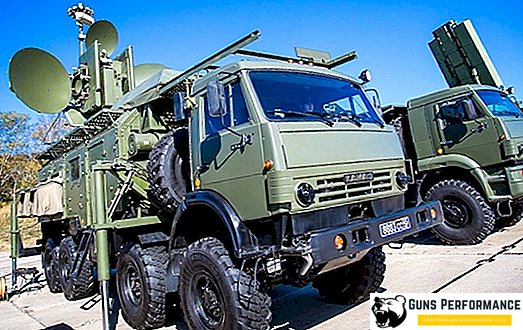
According to the project "Krasukha-4" involved several enterprises. The development of the complex was carried out by "Gradient" - this is the All-Russia Scientific-Research Institute from Rostov-on-Don. The production and testing of prototypes was entrusted to the Novgorod "Quantum", and the Bryansk Electromechanical Plant was engaged in the mass production of machines. From some sources it became known that by the Bryansk enterprise some components necessary for the complex are obtained from the adjacent production, and some are produced locally. About the readiness of the technical project "Krasukhi-4" was announced in the past decade. And already 2011 was marked by the beginning of the mass production of "Krasukh-4".
Complex EW "Krasukha-4": principle of operation
Fortunately or, unfortunately, for someone else, but due to the regime of secrecy, the true characteristics of the "Krasukha-4" are unknown. Nevertheless, from the available open sources it is possible to find only a fraction of fragmentary information. The station analyzes the types of signals and ensures that the probable enemy is affected by the radar by the most powerful intellectual-interfering radiation. As a result, enemy aircraft are deprived of the slightest possibility of target detection and targeting of high-precision weapons.
Chassis for "Krasukh"
From the available data, it is known that in the complex there are two cars equipped with special equipment. Both cars are equipped with electronic equipment and a number of antennas of a wide variety of designs. One of the cars possesses an antenna unit with a sliding barbell, which is probably intended for communication.
On the roof of the second car installed many types of antennas for special purposes. With the help of three parabolic antennas that are directed in any direction and lifted to any angles, you can most likely scrupulously probe the nearby space. Consequently, "Krasukha-4" is capable of transmitting radio signals without any self-limitation on azimuths and angles of places.
Both special vehicles use high performance digital equipment. Some sources claim that the individual components in the equipment are rather difficult in the manufacturing process. For example, it can take several days to produce only one board. For all that, with the help of such a board it is possible to easily replace large blocks, which can still be in analog equipment. It is also known that with the help of "Krasukhi-4" it is possible to set up interference in a wide frequency range. From the range of impact, it is only known that it can exceed three hundred kilometers.
The main task "Krasukhi-4"
The main task in the new complex of electronic warfare is its action against radar stations and aviation for various purposes. For these purposes, according to the statements of some media, "Krasukhi-4" have appropriate algorithms in their work. With the help of the equipment onboard the complex, it is easy to detect radio sources (aircraft radars), analyze them and, if necessary, install interference at the desired frequencies.
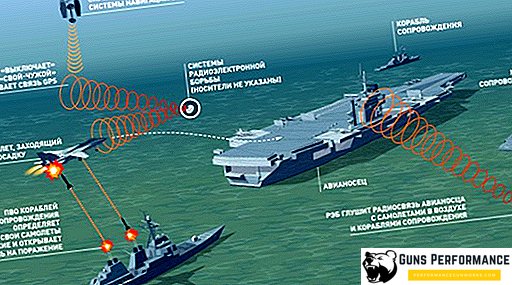
In accordance with open information, at present, the Russian Ministry of Defense has received six Krasukh-4s. Their exact locations were not announced, which is understandable, because it is connected with the execution of specific combat missions assigned to such systems. Another Krath-2 development, Krasuha-2, is also being supplied to the Russian armed forces. Moreover, it is offered for export.
Complex EW "Krasuha": reviews of military experts
Hardly on the planet today there will be or will stand next to a worthy analogue of this "most intelligent" electronic electronic weapon of modernity. If a tactical need suddenly arises with a complex, you can simply fire up the entire electronic "stuffing" of enemy aircraft, high-precision missiles or low-orbit satellites. However, this is only in extreme cases.
In fact, all Russian radio-electronic complexes, all “Krasukhs” are skilled at creating false images and will literally “drive crazy” any enemy strike system. It is known that the guidance of high-precision rocket weapons is carried out with continuous radio exchange using the command post. According to NATO standards, the role of such command posts is performed by airplanes “charged” by “AWACS”, which in their turn are locked up in various satellite constellations.
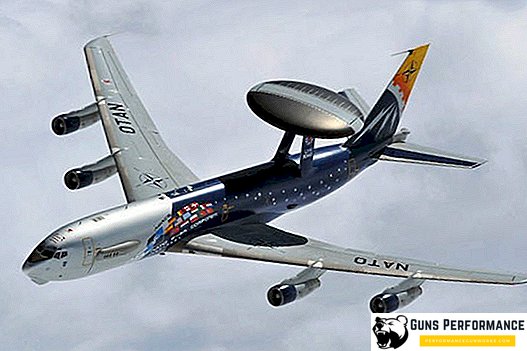
Mutual relations "Krasukha" and "AVAKS-a"
Stations of electronic warfare with caressing names with the appearance of “AWACS”, which are within their radius of action, punctually begin to be built into all their “reliably” protected communication system. Then they begin punctually to distort the signals transmitted and received by the flying command posts.
According to many experts, and all this was confirmed by a multitude of tests, extremely soon "AWACS-s" cease to recognize "their own" and "strangers", and to figure out how to conduct management itself. The result of such "probing" entirely and completely can be the attack of its own military facilities, which may suddenly appear completely unfriendly.
"Playing on" "Harmony" "To the Shouts"
The actions of the small-sized automated radar "Harmony", of course, are not as impressive as the fearsome EW Krasuhi complexes, but they can also fit well into the joint integrated air defense and air traffic control system.
Harmony is engaged in the provision of detection and tracking of a wide variety of air objects and targets, the definition of their government supplies, and the automatic issuance of route information for automated control system complexes. With these complexes were successfully conducted verification tests during the Sochi Olympic Games. Naturally, after such an inspection, they began mass production and delivery to combat duty in the army.
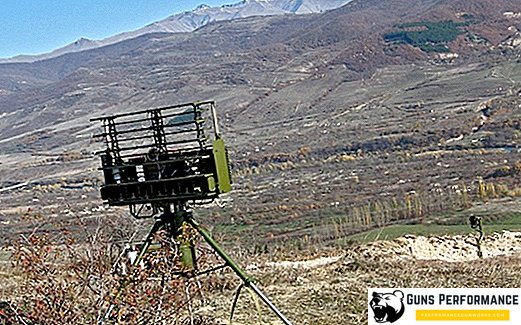
As a result, both complexes in close cooperation reliably cover the Russian peaceful sky.



